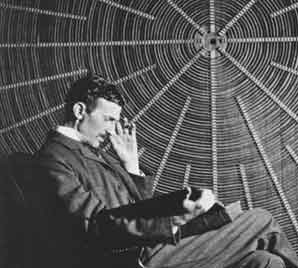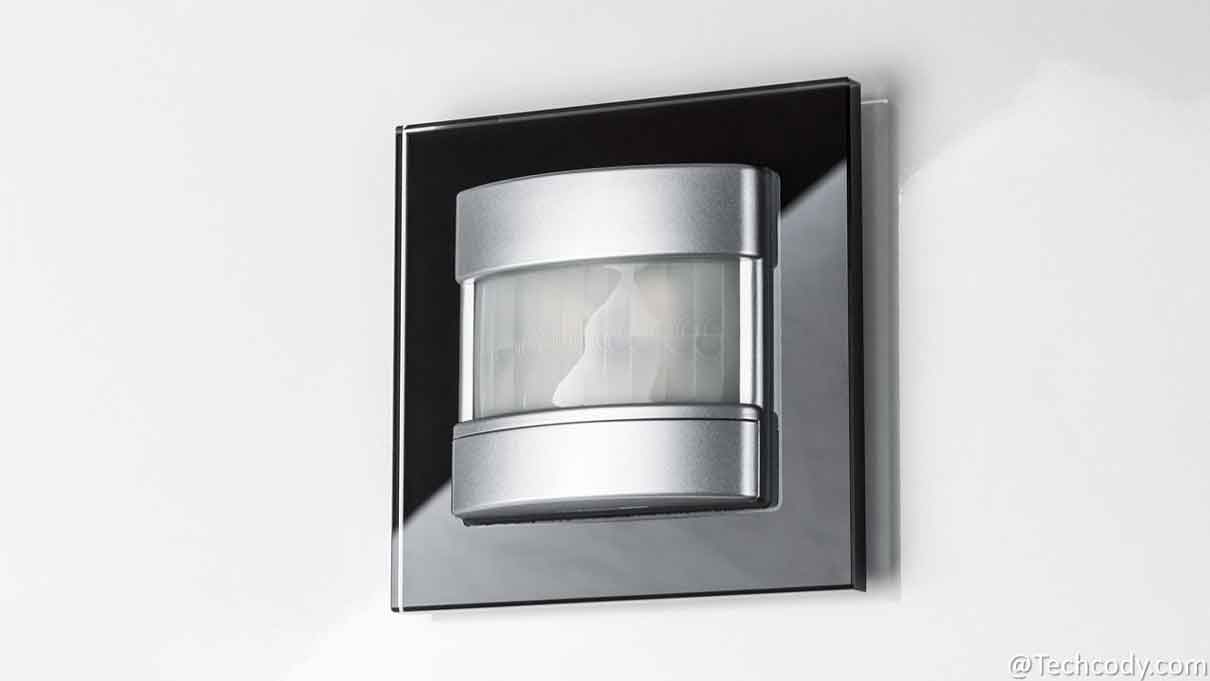How Gold & Silver chocolate coins are created | Process
Gold & Silver chocolate coins
Chocolates are favorite not only for kids but also for young people in United States. In some parts of the world, chocolate coins are stuffed in Christmas stockings to celebrate the charity of saint Nicholas. During the festival of Hanukkah, they are handed out to Jewish children as to teach them the value of money. The chocolate coins do not have any purchasing power but they do buy a lots of appreciative smiles from the children’s.
Chocolate coins process
The workers in the company starts with the giant chocolate bars. Each one bar is a 4 and a half kilogram hunk of pure chocolate. The company worker transfer the big bars to a kettle. As it’s a kind of double boiler hot water bubbles and steams inside a sleeved shell to heat and melt the chocolate. Moreover there are two and a quarter tons of liquid chocolate in this kettle. The machine pumps the chocolate through a long pipe with different cooling zones. The chocolate then thickens, but not all to the point of solidification. The solidification is a process known as tempering. As it causes the chocolate to form a precise crystal structure for just the right texture and taste. The thick liquid chocolate flows on to a conveyor that brings the chocolate under a broad blade.
The blade then levels it to a specific thickness and spreads it for creating a long plane sheet of chocolate. The chocolate now begins to coagulate and harden. As to spur that process, it travels through a refrigeration tunnel that is approximately 14 meters long. All this process transforms the liquid chocolate into a soft solid.
Chocolate coin making
The next part handles the dye. The workers then clean and prepare the dye. As it is a spring loaded device that works cookie cutter style to punch out round blanks. Each cutter is long and tubular, so it punches out the chocolate blanks they accumulate inside. The lattice work of leftovers move forward to be remelted into the process. So there is no wastage of any part of the chocolate. At the end of the line, dozens of coins blanks have stacked up in each magazine and piles of leftover chocolate have accumulated in a bin. The leftover is now transferred back to the big melting pot.
Read Similar: How cornetto ice cream is manufactured in the factory
Read Similar: How chocolate is made | How chocolate is produced ?
Labeling chocolate coins
As to print the chocolate, the workers wrap the chocolate first and then embossed both the wrap and the chocolate blank simultaneously. The sheets of glossy gold foil travel between rollers to establish an even tension. Now a forked arm moves two chocolate blanks between the foil sheets. The piston like knives moves into wrap cut and fold the foil around the blanks. The forked arm then delivers the foil wrapped blanks to a dye press. It stamps designs on both sides of the coin making a impression on the foil to the chocolate.
The chocolate is still warm enough to receive the image. Some dyes used to emboss chocolate coins with American penny markings or a dollar label. As for the foil discards, they don’t end up on the scrap heap. Instead they accumulated in a bin to be sent out for recycling. The company make approximately 160,000 foil wrapped coins a day. To change the currency type, they simply switch dye heads. Chocolate coins can be made in many sizes with a range of different illustrations. The coins now spill out onto a conveyor which takes them to a bin.
From start to finish, it will takes less than an hour to make a chocolate coin.






I noticed that the circumferential “wall” of the bottom foil of chocolate coins is folded over to make a double thickness wall. Why and how is that done?